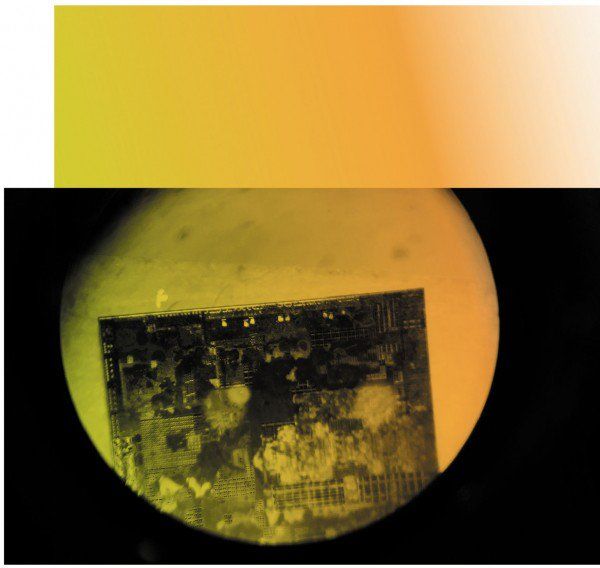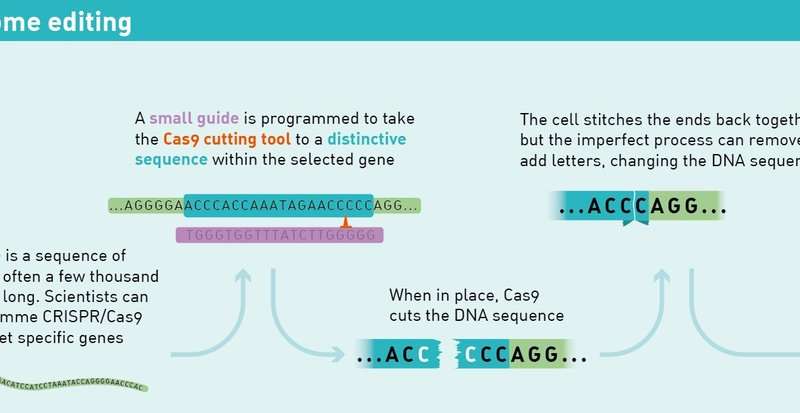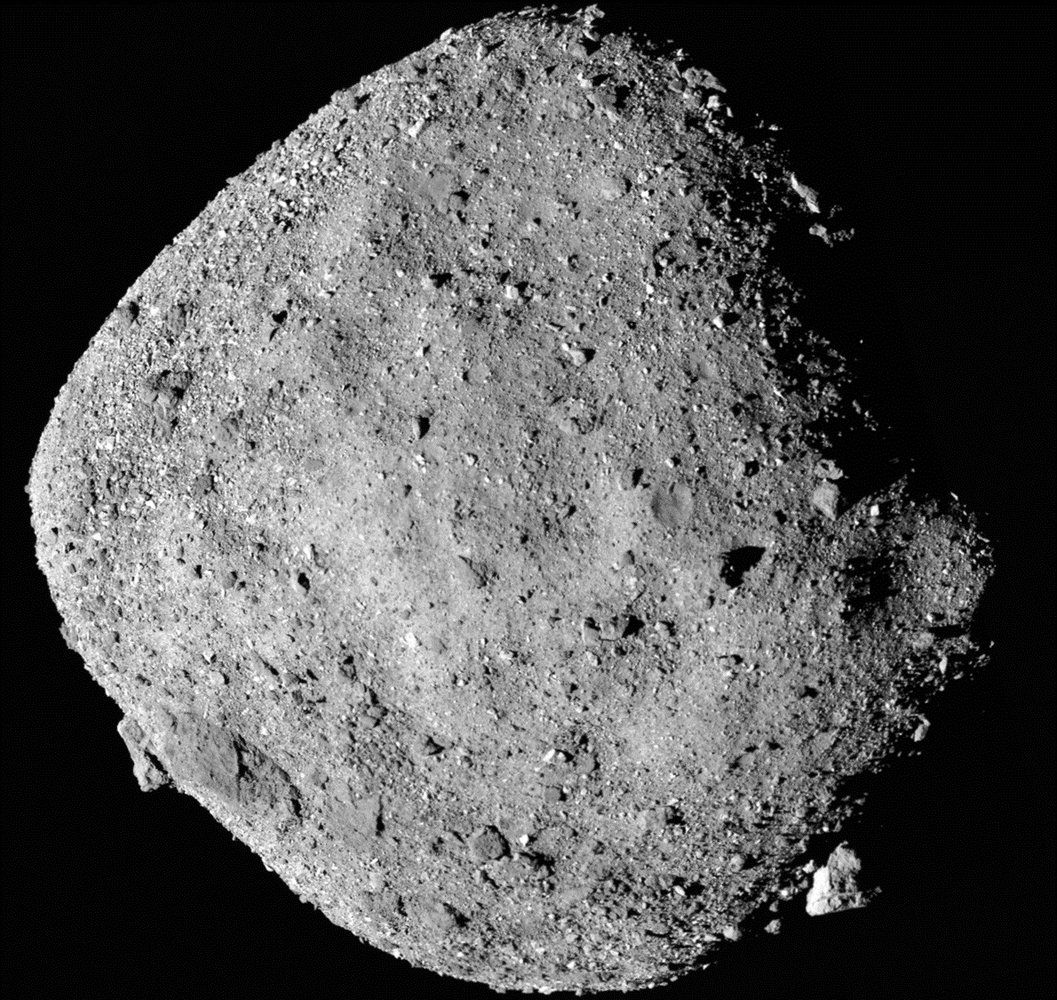Inspired by do-it-yourselfers, Amazon is offering a radio controlled car that learns to drive by repeated trial and error.


What caused Antarctica’s increased snowfall from 1901–2000? A warming atmosphere. But even with the extra snowfall, it’s still losing mass. Learn how we make future predictions of how ice sheets will shift: https://go.nasa.gov/2EnWVWj

This is happening in the city of Tianjin, about an hour’s drive south of Beijing, within a gleaming office building that belongs to iFlytek, one of China’s rapidly rising artificial-intelligence companies. Beyond guarded gates, inside a glitzy showroom, the US president is on a large TV screen heaping praise on the Chinese company. It’s Trump’s voice and face, but the recording is, of course, fake—a cheeky demonstration of the cutting-edge AI technology iFlytek is developing.
Jiang Tao chuckles and leads the way to some other examples of iFlytek’s technology. Throughout the tour, Tao, one of the company’s cofounders, uses another remarkable innovation: a hand-held device that converts his words from Mandarin into English almost instantly. At one point he speaks into the machine, and then grins as it translates: “I find that my device solves the communication problem.”
IFlytek’s translator shows off AI capabilities that rival those found anywhere in the world. But it also highlights a big hole in China’s plan, unveiled in 2017, to be the world leader in AI by 2030. The algorithms inside were developed by iFlytek, but the hardware—the microchips that bring those algorithms to life—was designed and made elsewhere. While China manufactures most of the world’s electronic gadgets, it has failed, time and again, to master the production of these tiny, impossibly intricate silicon structures. Its dependence on foreign integrated circuits could potentially cripple its AI ambitions.

Comet 46P/Wirtanen will make its closest flyby on Sunday, Dec. 16, passing 7.1 million miles from Earth. It may even be bright enough to see without a telescope. Photo galleries & how to observe: https://go.nasa.gov/2EAoGvM
Amazing bicycle reaches speeds above 85MPH using only human power.
It is an eye opening video. In the financial climate we are now I am not shocked that these Miners are losing based on costs.
I wrote an article on the Wave Chronicle regarding the Crypto-Currency Crash and some of the changes that could be made to make this particular market effective for those who actually want to use Crypto-Currency as a vehicle for purchasing.
http://wavechronicle.com/wave/?p=70621
I came across a video which.

“At least in the Defense Department today, we don’t see machines doing anything by themselves,” he said, noting that agency researchers are intensely focused on building “human-machine” partnerships. “I think we’re a long way off from a generalized AI, even in the third wave in what we’re pursuing.”
Artificial intelligence does not yet pose a serious threat to humans, according to the head of the Defense Advanced Research Agency. Though the military is rushing to improve its AI capabilities, DARPA Director Dr. Steven H. Walker said AI remains “a very fragile capability.”

Scientists at the Francis Crick Institute have discovered a set of simple rules that determine the precision of CRISPR/Cas9 genome editing in human cells. These rules, published in Molecular Cell, could help to improve the efficiency and safety of genome editing in both the lab and the clinic.
Despite the wide use of the CRISPR system, rational application of the technology has been hindered by the assumption that the outcome of genome editing is unpredictable, resulting in random deletions or insertions of DNA regions at the target site.
Before CRISPR can be safely applied in the clinic, scientists need to make sure that they can reliably predict precisely how DNA will be modified.

